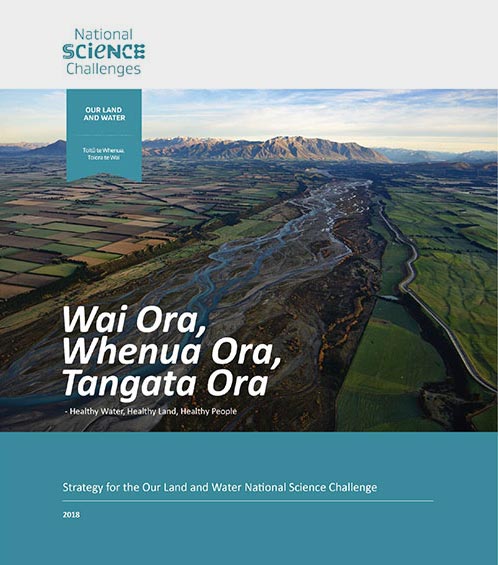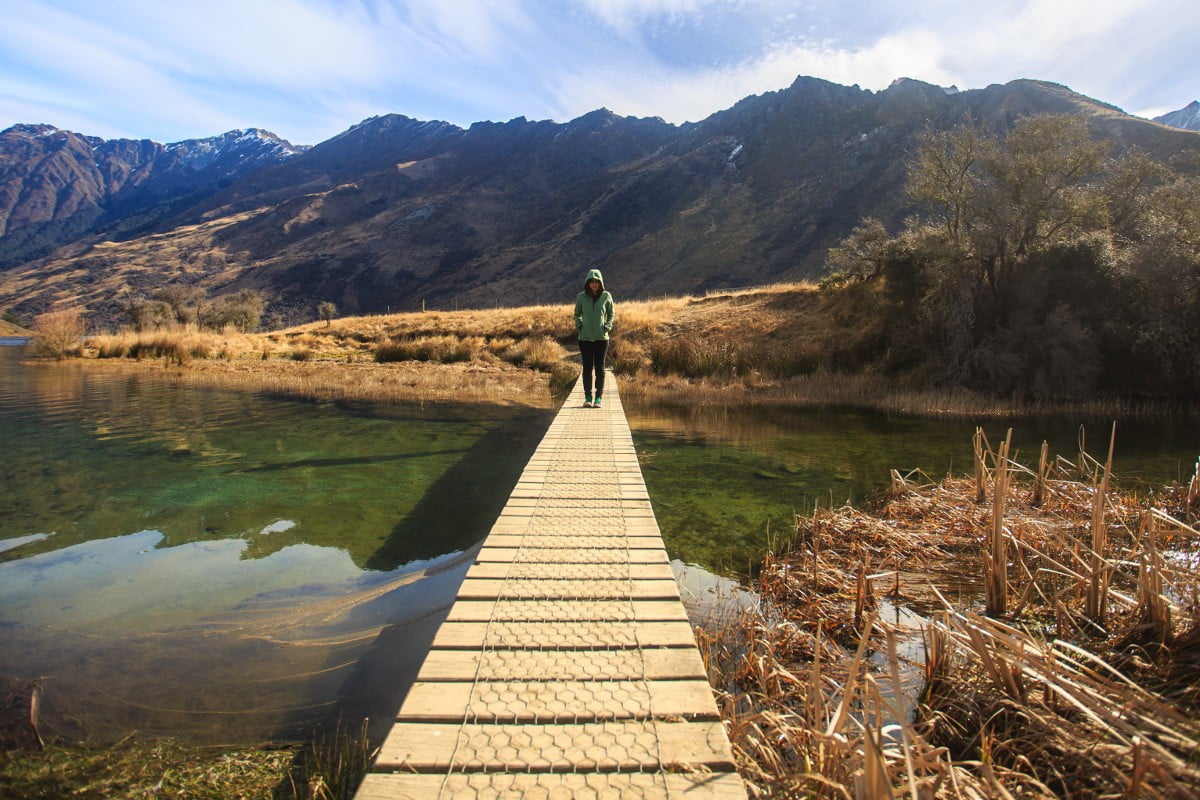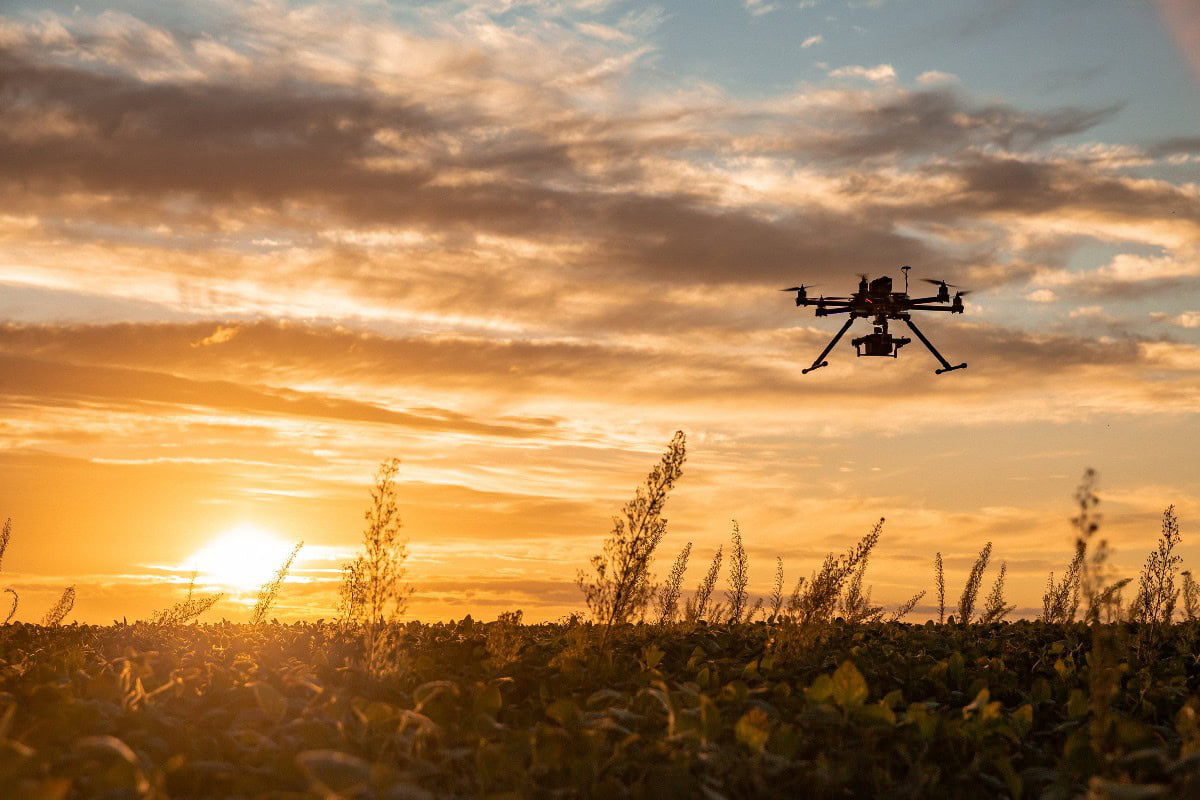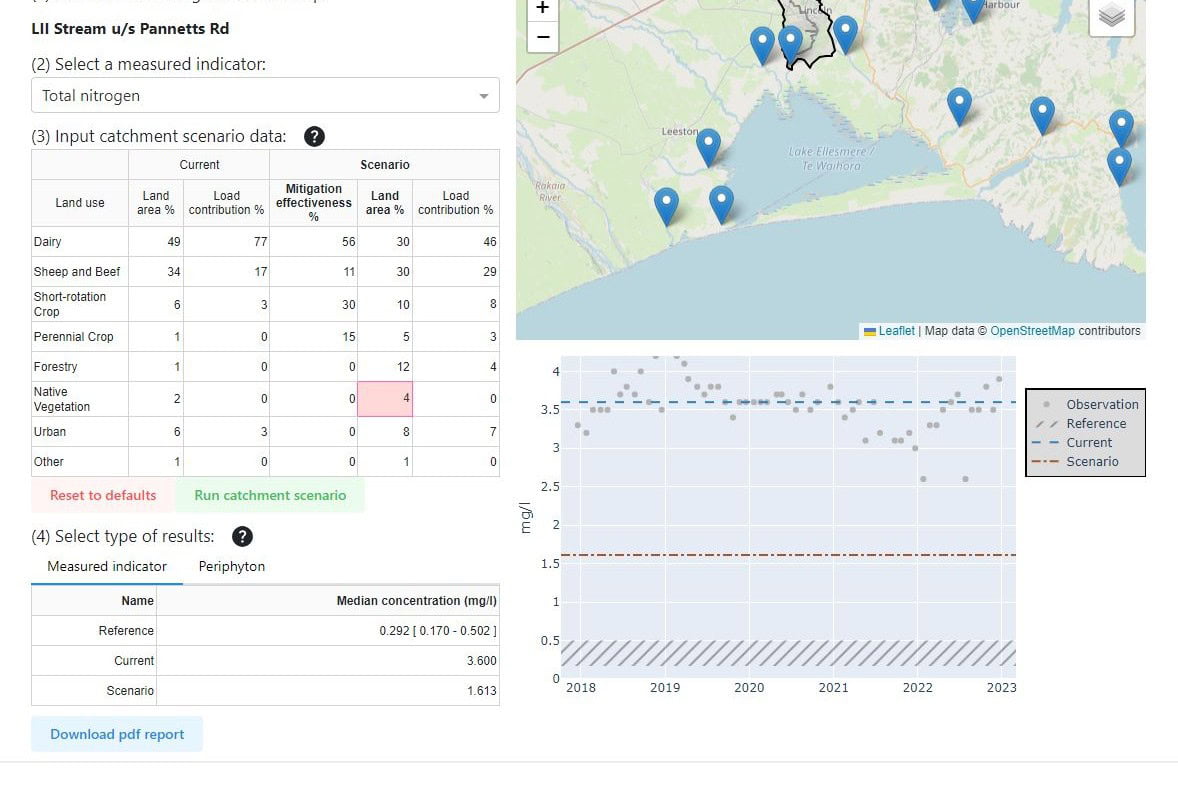August 30, 2024
Resources for
Hapū and Iwi
Laura Bolt, Truestock
Our research is developed by and with Māori communities, for real relevance to your land. Hapū, iwi and whānau can use these resources to support decisions that improve the vitality of te Taiao – for all the generations to come
Showing 1 - 12 of 340 results
Towards developing Aotearoa value chains – presentation
One of the most interesting findings from the Rewarding Sustainable Practices research programme was the importance of sets of shared values across the value chain.…
Towards developing Aotearoa value chains – flyer
One of the most interesting findings from the Rewarding Sustainable Practices research programme was the importance of sets of shared values across the value chain.…
Healthy Waterways Register
Healthy Waterways is New Zealand’s national database for recording and reporting the work being done for our waterways. Despite all the great work New Zealanders…
Applying whakapapa research methodology in Māori kin communities in Aotearoa New Zealand
Indigenous research methods centralises the importance of Indigenous ways of researching, validating and interpreting knowledge. In Māori kin-community (kāinga) contexts this methodology is called whakapapa.…
Tauututu: White Paper
This white paper explores the principle and practice of Tauutuutu. Tauutuutu is an indigenous concept that places an ethical obligation on communities and enterprises to…
Guidelines for the use of Pohewa Pae Tawhiti to support decisions around changes in land use
Pohewa Pae Tawhiti (PPT) (Visualising Horizons) combines whakaarotau and pohewa (priorities and visions) with biophysical data (current and modelled future) to enable potential options for…
Futureproofing Māori Land Trusts (video series)
Succession planning is challenging for many farms, but multi-enerational dynamics, geographically dispersed whanau, and complex governance structures add extra challenges for Māori
 View Our Strategy Document 2019 – 2024
View Our Strategy Document 2019 – 2024


